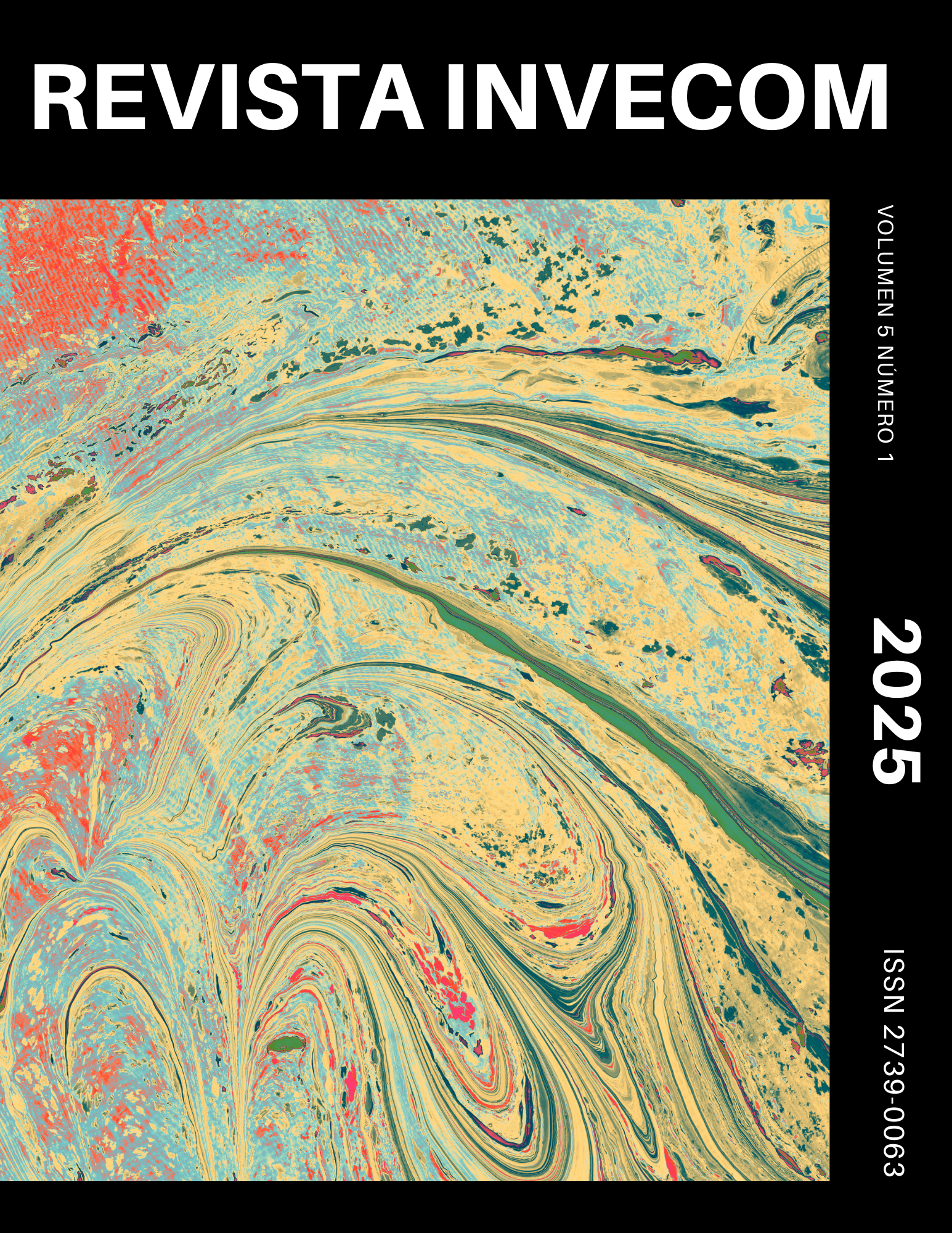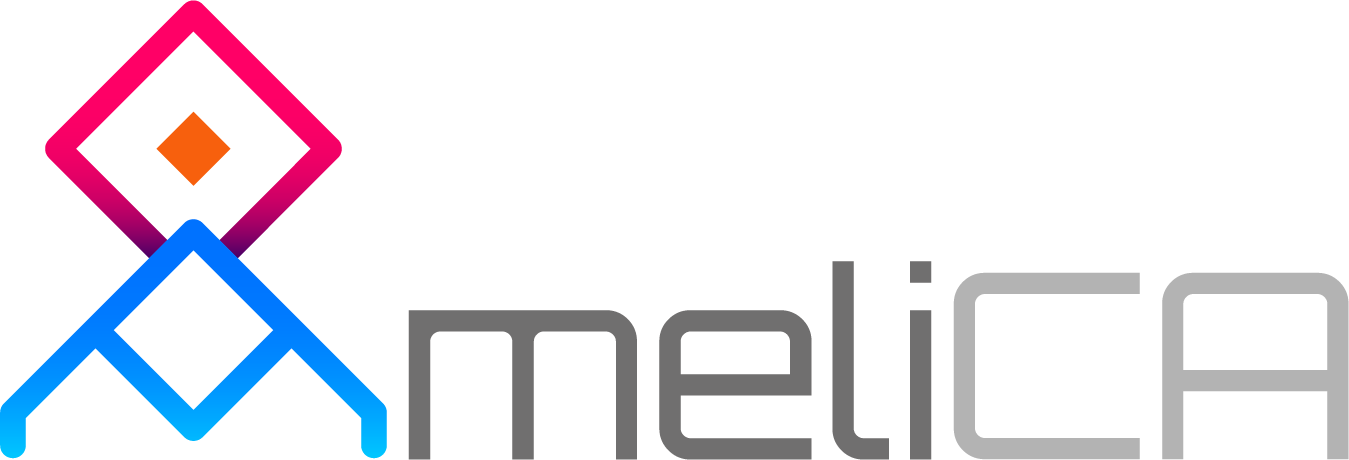The children's story: an innovative teaching strategy to strengthen spelling
DOI:
https://doi.org/10.5281/zenodo.10895726Keywords:
stories, teaching strategy, spelling skillsAbstract
The impact of the story on the learning of spelling in fourth grade of Basic General Education is analyzed. The work is descriptive in nature, with a quantitative approach and quasi-experimental design. The theoretical framework addresses issues related to the story and spelling. In the research process, the following methods were used: scientific, analytical, synthetic, statistical and descriptive. The information was collected through an interview with the teacher and a diagnostic evaluation of the students; The investigated population includes twelve students and one teacher. The results determine the need to significantly improve spelling skills. For this purpose, the proposal “The magical world of correct words” was executed; After its application, it is concluded that the story constitutes an effective teaching strategy to strengthen spelling skills.
Downloads
References
Ávila Sandoya, B., Salguero Maza, S., & Calva Nagua, D. (01 de 01 de 2021). Estrategias metodológicas activas para el aprendizaje de la ortografía en la Educación General Básica. Revista científica Ciencia & Sociedad, 1(1), 12-26. https://www.cienciaysociedaduatf.com/index.php/ciesocieuatf/article/view/5/6
Bordoy, S. (2021). Google. https://www.smartick.es/blog/lectura/ortografia-natural-arbitraria-reglada/
Cabanillas, C. (2021). Estrategias y métodos para mejorar la ortografía. 1(8). https://doi.org/10.53673/data.v1i8.34
Cárceles, R. (2016). El cuento como recurso educativo en las aulas de Educación Infantil.
Carrero Ruiz, C. (2018). https://uvadoc.uva.es/bitstream/handle/10324/32233/TFG-G3087.pdf;sequence=1#:~:text=En%20cuanto%20a%20la%20conciencia,y%20que%20ellos%20mismos%20sientes.
Cuenca Saritama, L. (2016). Repositorio Nacional Universidad Nacional de Loja.
https://dspace.unl.edu.ec/jspui/bitstream/123456789/10478/1/TESIS%20LUDY%20CUENCA.pdf
Currículo. (2016). Currículo de los niveles de Educación obligatoria. https://educacion.gob.ec/wp-content/uploads/downloads/2016/03/Curriculo1.pdf
De La Rosa Santillana, N. (2019). Universidad Autónoma del Estado de Hidalgo.edu.mx: https://www.uaeh.edu.mx/scige/boletin/prepa4/n5/e2.html#refel
Diccionario de la Real Academia Española. (2023). https://dle.rae.es/ortograf%C3%ADa
Espinosa Soriano., R. (30 de 04 de 2021). Propuesta de investigación pedagógica para el tratamiento y mejora de la ortografía en los alumnos del Centros de Bachillerato Tecnológico. Revista Dilemas Contemporáneos: Educación, Política y Valores., 2(41), 1-31. https://www.scielo.org.mx/pdf/dilemas/v8n2/2007-7890-dilemas-02-00041.pdf
Hernández Mendoza, S., & Duana Avila, D. (05 de 12 de 2020). Técnicas e instrumentosde recolección de datos. Boletín Científico de las Ciencias Económico Administrativas del ICEA, 9(17), 51-53. https://repository.uaeh.edu.mx/revistas/index.php/icea/article/view/6019/7678
Hernández-Sampieri, R., & Mendoza Torres, C. (2018). Metodología de la investigación: las rutas cuantitativa, cualitativa y mixta. México: McGRAW-HILL INTERAMERICANA EDITORES, S.A. de C. V. http://repositorio.uasb.edu.bo:8080/handle/54000/1292
López Falcón, A., & Ramos Serpa, G. (12 de 2021). ACERCA DE LOS MÉTODOS TEÓRICOS Y EMPÍRICOS DE INVESTIGACIÓN: SIGNIFICA-CIÓN PARA LA INVESTIGACIÓN EDUCATIVA. Revista pedagógica de la Universidad de Cienfuegos, 17(S3), 22-31. https://conrado.ucf.edu.cu/index.php/conrado/article/view/2133/2079
Méndez del Portal, R. (12 de 01 de 2017). El valor del cuento como recurso didáctico. Revista de la Facultad de Ciencias de la Educación(23), 41- 44. https://revistas.unife.edu.pe/index.php/educacion/article/view/1167/1112
Moreno Matamoros, M. (2022). “El cuento infantil como recurso didáctico para desarrollar la creatividad en niños de preescolar. Revista Caribeña de Ciencias Sociales, 11(9), 13-23. de https://www.eumed.net/uploads/articulos/b4305c8c6dd143496d4a9b09da918aee.pdf
Núñez-Naranjo, A. F., Guevara, A. W. P., Pérez, V., & Yancha, K. R. Y. (2021). El cuento: Estrategia didáctica para la comprensión lectora. ConcienciaDigital, 4(1.2), Article 1.2. https://doi.org/10.33262/concienciadigital.v4i1.2.1583
Romero, A. (29 de 01 de 2024). Editorial BABIDI-BÚ,. Obtenido de https://www.babidibulibros.com/blog/tipos- cuentos/
Soto, M. (2017). El cuento como mediación pedagógica para el fortalecimiento de la lectoescritura. 27, 51-65. http://dx.doi.org/10.14482/zp.27.10979
Talledo Zambrano, A., & Vera García, L. (11 de 07 de 2019). LOS CUENTOS INFANTILES EN EL DESARROLLO DEL LENGUAJE ORAL. Revista Científica Multidisciplinaria, 5(3), 133-144.
https://revista.uniandes.edu.ec/ojs/index.php/mikarimin/article/view/1696/904
Tamayo Valdés, M., & León Pérez, M. (09 de 2016). LA ENSEÑANZA-APRENDIZAJE DE LA ORTOGRAFÍA
CON ENFOQUE DESARROLLADOR. Revista pedagógica de la Universidad de Cienfuegos , 12(54), 120-128. https://conrado.ucf.edu.cu/index.php/conrado/article/view/368/360
Published
Issue
Section
License

This work is licensed under a Creative Commons Attribution 4.0 International License.
The journal is licensed under the Attribution License (CC BY), allowing the possibility of copying, distributing, displaying, and producing derivative works, as long as the author is acknowledged and cited.
















